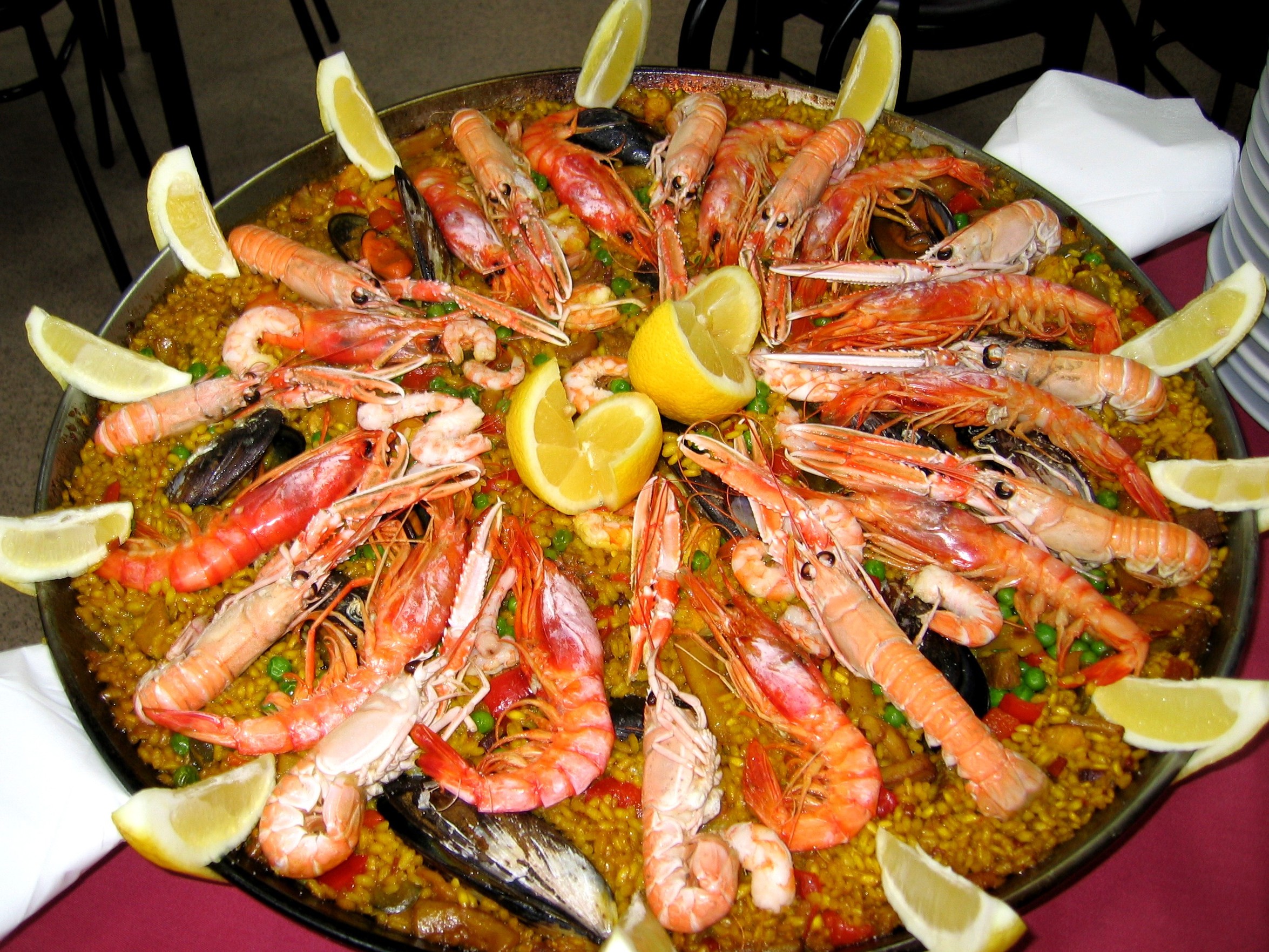13 week cooking course
- Introduction to Cooking
- Understanding Ingredients
- Making Breakfast
- Dinner Delights
- World Cuisine: Asia
- World Cuisine: Europe
- Baking and Bread Making
- Vegan and Vegetarian Cooking
- Gluten Free Cooking
- Healthy Eating and Nutrition
- Kitchen Finale and Consolidation
World Cuisine: Europe
Exploring Spanish Cuisine: Ingredients, Techniques, and Classic Dishes

Culinary traditions of Spain.
Spanish cuisine is as vibrant and diverse as the country's culture and history. Known for its bold flavors, fresh ingredients, and communal dining experiences, Spanish food offers a rich tapestry of dishes that vary from region to region. This unit will introduce you to the essential ingredients, cooking techniques, and iconic dishes of Spanish cuisine.
Essential Ingredients in Spanish Cuisine
Spanish cuisine is characterized by the use of fresh, local, and seasonal ingredients. Here are some staples you'll find in a Spanish kitchen:
- Olive Oil: Spain is the world's largest producer of olive oil, which is used in almost every dish.
- Saffron: This precious spice is used to give dishes like paella its distinctive yellow color and unique flavor.
- Chorizo: This spicy cured sausage is used in a variety of dishes, from tapas to stews.
- Seafood: Spain's extensive coastline provides a bounty of seafood, including fish, shellfish, and squid.
Key Cooking Techniques
Spanish cooking techniques are relatively simple, allowing the quality of the ingredients to shine through. Here are some techniques you'll learn:
- Sofrito: This technique involves gently frying onions, garlic, and tomatoes in olive oil to create a flavorful base for dishes.
- Grilling (a la Plancha): Seafood, meats, and vegetables are often grilled on a metal plate, known as a 'plancha'.
- Slow Cooking: Many Spanish dishes, like stews and bean dishes, are slow-cooked to develop deep, rich flavors.
Iconic Spanish Dishes
Now that we've covered the ingredients and techniques, let's dive into some classic Spanish dishes:
- Paella: Originating from Valencia, paella is a rice dish cooked with saffron, various meats or seafood, and vegetables. It's traditionally cooked in a large, flat pan and served straight from the pan.
- Tapas: Tapas are small dishes or appetizers that are often shared among a group. They can range from simple dishes like olives and cheese to more complex dishes like patatas bravas (spicy potatoes) or gambas al ajillo (garlic shrimp).
- Gazpacho: This cold tomato soup is a refreshing dish typically served in the hot summer months. It's made with ripe tomatoes, cucumber, bell pepper, garlic, and bread, all blended until smooth.
- Tortilla Española: Also known as a Spanish omelette, this dish is made with eggs, potatoes, and onions. It's often served at room temperature and can be enjoyed any time of the day.
By the end of this unit, you'll have a solid understanding of Spanish cuisine and the skills to prepare a variety of Spanish dishes. Whether you're hosting a tapas party or cooking a comforting pot of paella, you'll be able to bring a taste of Spain to your kitchen.